Lady Madonna
Album: Released as mono single (1968)
Back story: The song was recorded just before the group left for an eventful trip of India to visit the Maharishi Mahesh Yogi. “I was looking through this African magazine, and I saw this African lady with a baby. And underneath the picture it said ‘Mountain Madonna’. But I said, ‘Oh no, Lady Madonna,’ and I wrote the song.” When the group heard McCartney’s piano part, they learned he had based it on Bad Penny Blues by the Humphrey Lyttelton band, a traditional jazz recording produced by George Martin in 1956. They wanted to build their arrangements around it.
Lennon’s take: “Good piano lick, but the song never really went anywhere. Maybe I helped [Paul] with some of the lyrics, but I’m not proud of them either way,” John Lennon said in 1980.
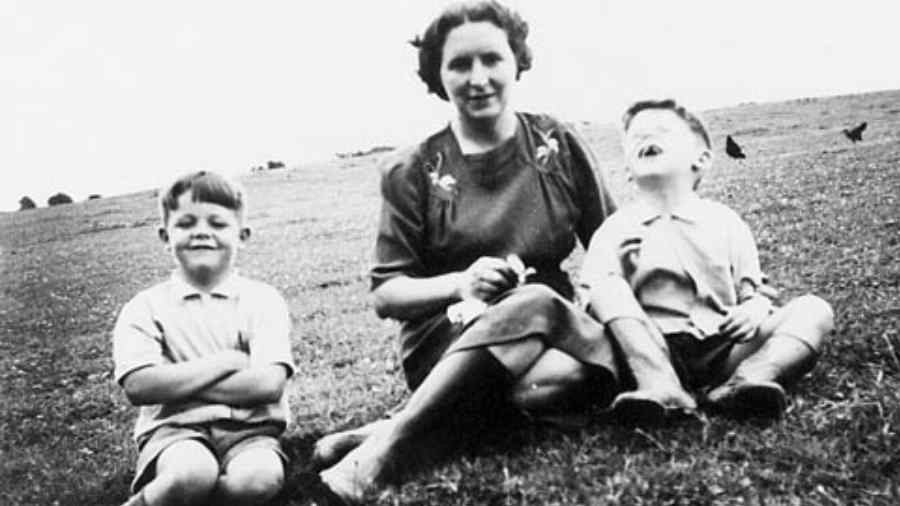
Paul McCartney with his mother, Mary, and brother, Mike, in the late 1940s Sourced by The Telegraph
Let It Be
Album: Let It Be (1970)
Back story: It’s a song that’s often played on radio stations and often quoted. The song came in a dream Paul McCartney was having. His late mother, Mary, came to him to remind him to release his worldly troubles — to let it all be. “It was such a sweet dream. I woke up thinking, ‘Oh, it was really good to visit with her again.’ I felt very blessed to have that dream.” The singer had a lot of bad moments in the 1960s. “We used to lie in bed and wonder what was going on and feel quite paranoid. She died when I was 14, so I hadn’t really heard from her in quite a while, and it was very good,” he said in 2008.
Lennon’s take: “That’s Paul. What can you say? Nothing to do with the Beatles. It could’ve been Wings. I don’t know what he’s thinking when he writes Let It Be,” Lennon later said.
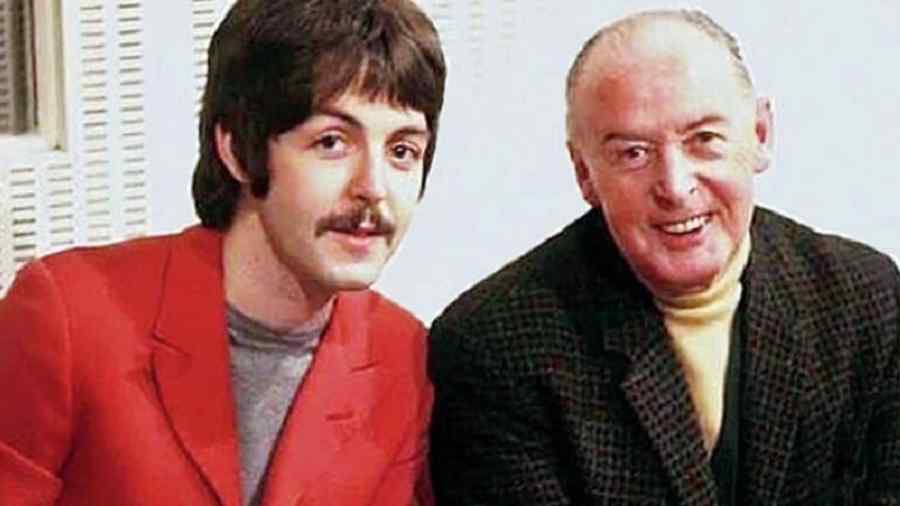
Paul with his father Jim Sourced by The Telegraph
Ob-La-Di, Ob-La-Da
Album: The White Album (1968)
Back story: Written by Paul McCartney in India in 1968, Ob-La-Di, Ob-La-Da was an attempt at a ska-influenced recording and the title was a phrase he had heard from a friend called Jimmy Anonmuogharan Scott Emuakpor (known as Jimmy Scott), whom he met in the Bag O’Nails club in Soho, London. “We went to a cinema show in a village where a guy put up a mobile screen and all the villagers came along and loved it. I remember walking down a little jungle path with my guitar to get to the village from the camp. I was playing ‘Desmond has a barrow in the market place…’,” Paul McCartney has said.
Lennon’s take: Years later, Lennon would label the track “granny s**t” and he even stormed out of the studio during the recording. Geoff Emerick, who as the engineer for the track, wrote in Here, There and Everywhere: “John went ballistic. Ranting and raving, he headed out the door, with Yoko trailing closely behind, and we thought that we’d seen the last of him that evening. But a few hours later he stormed back into the studio, clearly in a highly altered state of mind”. McCartney, however, denied that Lennon hated it during his 2018 appearance on The Howard Stern Show.
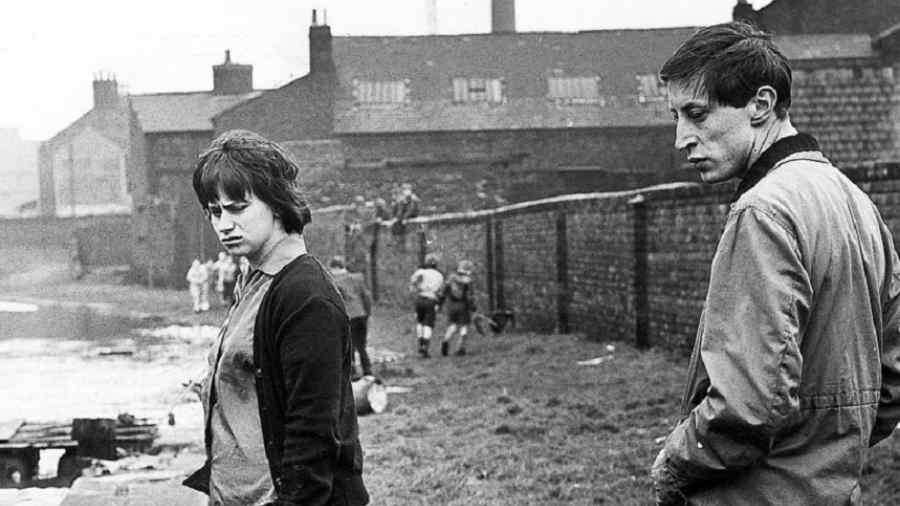
Rita Tushingham in the film A Taste of Honey Sourced by The Telegraph
When I’m Sixty-Four
Album: Sgt. Pepper’s Lonely Hearts Club Band (1967)
Back story: It was probably inspired by Paul McCartney’s father Jim, who turned 64 in July 1966. But the musical roots of the song go back to 1958 when McCartney composed the rudiments of the song on the family piano at 20 Forthlin Road. Later the singer recalled: “I wrote the song when I was about 15, I think, on the piano at home, before I moved from Liverpool. It was kind of a cabaret tune. Then years later, I put words to it.” In another interview he had said: “I thought it was a good little tune but it was too vaudevillian, so I had to get some cod lines to take the sting out of it, and put the tongue very firmly in the cheek.”
Lennons’ take: In an interview with Playboy in 1980, he was asked who wrote the song. Lennon said: “Paul’s, completely. I would never dream of writing a song like that.”
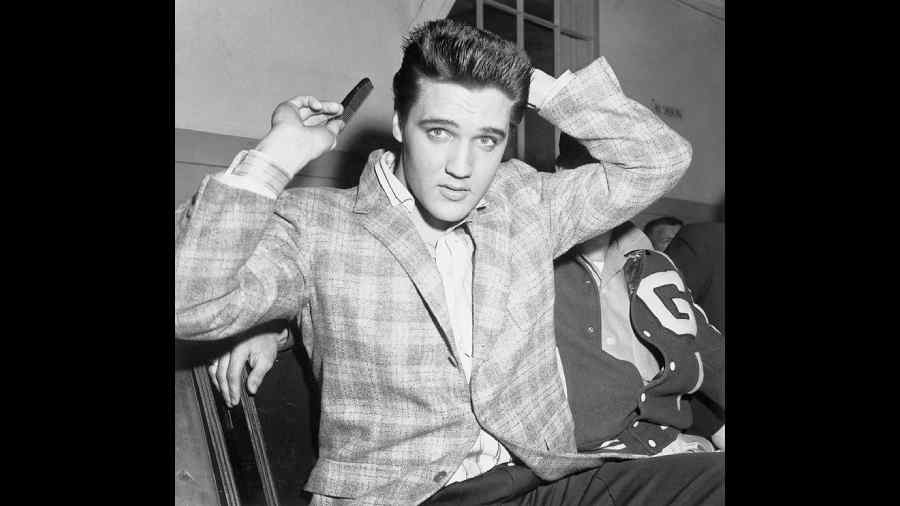
Elvis Presley had a big hit in the 1950s in the form of I Want To Play House With You Sourced by The Telegraph
A Taste of Honey
Album: Please Please Me (1963)
Back story: The song has been recorded by several musicians, mostly instrumental versions. The Beatles version adapted the arrangement from the vocal version that was released by Lenny Welch in 1962. It was originally the theme tune for the 1961 film version of Shelagh Delaney’s play of the same name, starring Rita Tushingham. The Beatles recorded it at Abbey Road Studios on February 11, 1963 and an overdubbing was done on February 20. The Fab Four rerecorded the track for BBC Radio and it was broadcast on October 26 on the Here We Go programme.
Lennon’s take: He wasn’t really pleased with the song and ended up singing (on stage) “A Waste of Money” behind McCartney’s lead vocals.
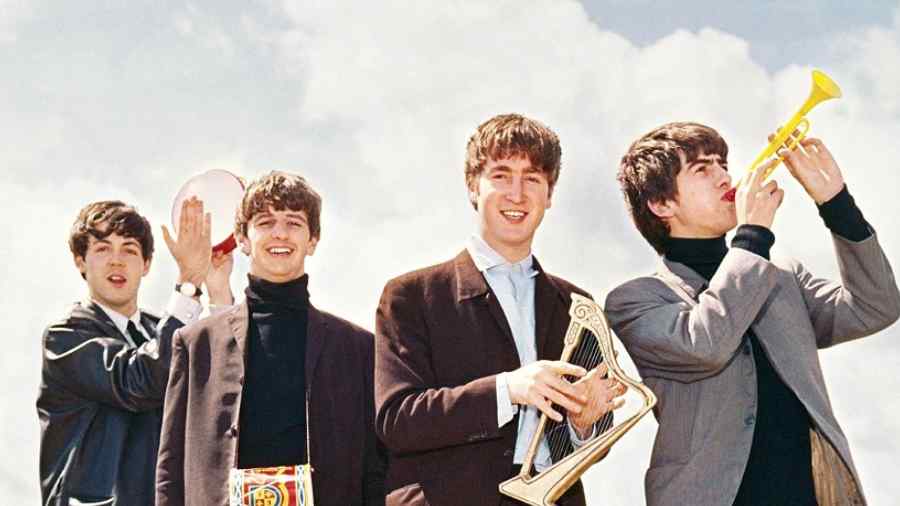
The Beatles Sourced by the Telegraph
Run For Your Life
Album: Rubber Soul (1965)
Back story: Lennon wrote the song inspired by a line from Baby, Let’s Play House, made famous by Elvis Presley in 1955. The Presley song was written by Arthur Gunter, a Nashville preacher’s son who fashioned the song around the Western hit, I Want To Play House With You. In 1992, Ottawa radio station CFRA banned the Beatles song because of its lyrics. The station had also banned the Elvis number.
Lennon’s take: He has said on a few occasions that he “always hated” the song and that it was his “least favorite Beatles song” and “just a sort of throwaway song of mine that I never thought much of”.
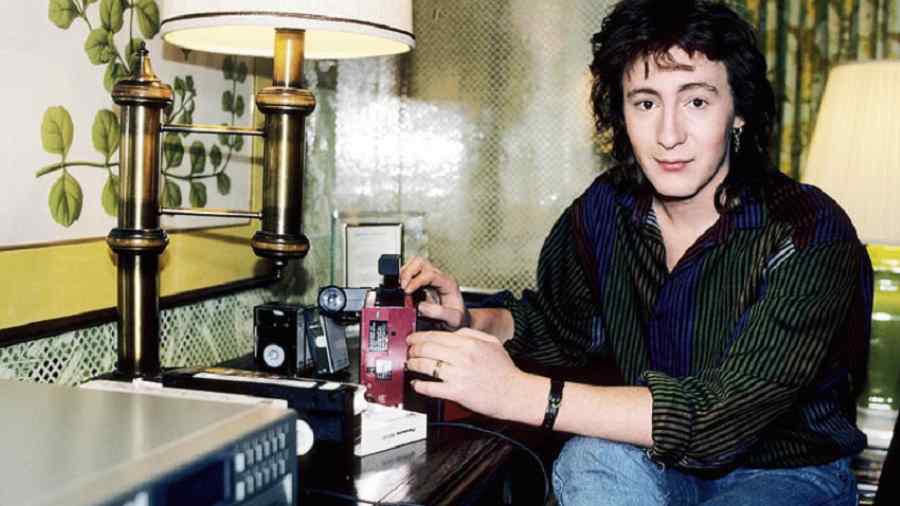
Julian Lennon Sourced by The Telegraph
Lovely Rita
Album: Sgt. Pepper’s Lonely Hearts Club Band (1967)
Back story: Paul McCartney was inspired to write the song by traffic warden Meta Davis, who had issued a parking ticket to the unsuspecting Beatle. He later said: “It was mine. It was based on the American meter maid. And I got the idea to just — you know, so many of my things, like When I’m Sixty-Four and those, they’re tongue in cheek. But they get taken for real. And similarly with Lovely Rita — the idea of a parking-meter attendant being sexy was tongue in cheek at the time.”
Lennon’s’ take: “That’s Paul writing a pop song. He makes ’em up like a novelist. You hear lots of Paul McCartney-influenced songs on the radio now. These stories about boring people doing boring things — being postmen and secretaries and writing home. I’m not interested in writing third-party songs. I like to write about me, ’cuz I know me.”

The Beatles at Abbey Road Studio Two on February 8, 1968, mixing The Inner Light and Across The Universe (overdubs) Sourced by The Telegraph
Lucy In The Sky With Diamonds
Album: Sgt. Pepper’s Lonely Hearts Club Band (1967)
Back story: Recorded in February and March 1967, there are conspiracy theories that it referred to psychedelic drugs. But Lucy O’Donnell was actually the name of a school friend found in a drawing by John Lennon’s four-year-old son Julian. Defending Lennon, his boyhood friend Pete Shotton later remarked: “I also happened to be there the day Julian came home from school with a pastel drawing of his classmate Lucy’s face against a backdrop of exploding, multi-coloured stars. Unusually impressed by son’s handiwork, John asked what the drawing was called. “It’s ‘Lucy In The Sky With Diamonds,’” Julian replied. Interestingly, McCartney had a different view. In a 2004 Washington Post article McCartney has been quoted saying: “Lucy In The Sky With Diamonds — that’s pretty obvious. There are others that make subtle hints about drugs, but, you know, it’s easy to overestimate the influence of drugs on the Beatles’ music.”
Lennon’s take: “I heard Lucy In The Sky With Diamonds last night. It’s abysmal, you know?” Lennon said in 1980. “The track is just terrible. I mean, it is a great track, a great song, but it isn’t a great track because it wasn’t made right. You know what I mean?”

The Beatles waiting to cross Abbey Road on August 8, 1969 Sourced by The Telegraph
Hello Goodbye
Album: Magical Mystery Tour (1967)
Back story: In the biography Many Years From Now, McCartney said that Hello Goodbye spoke to deeper themes of duality in the universe — man and woman, black and white, up and down, so on.
Lennon’s take: “It smells a mile away,” he told Playboy. He added: “[It] wasn’t a great piece.” The singer had said in another interview that the tune is “three minutes of contradictions and meaningless juxtapositions”.
Across The Universe
Album: Let It Be (1970)
Back story: Considered a classic, the song was originally recorded in February 1968. It was originally released on 1969’s No One’s Gonna Change Our World, a World Wildlife Fund charity project and soon after Phil Spector reworked it for the Beatles’ last-released album.
Lennon’s take: The Spector-ised version couldn’t capture the theme of the song, the cosmic serenity that’s integral to it. In 1980 Lennon said: “It was a lousy track of a great song, and I was so disappointed by it.” He blamed people, including McCartney, for not “supporting me or helping me with it. ... Paul would sort of subconsciously try and destroy a great song, meaning that we’d play experimental games with my great pieces. Usually, we’d spend hours doing little detailed clean-ups of Paul’s songs; when it came to mine, especially if it was a great song like Strawberry Fields or Across the Universe, somehow this atmosphere of looseness and casualness and experimentation would creep in.”
Sun King
Album: Abbey Road (1969)
Back story: The working title was Here Comes The Sun King but was shortened to Sun King to avoid confusion with Here Comes The Sun. It’s the second track in Abbey Road’s medley of song fragments and was recorded in July 1969 with the succeeding song, Mean Mr. Mustard. Lennon descends into gibberish that seems to combine elements of Spanish, Portuguese and Italian. Later Lennon said: “When we came to sing it, to make them different we started joking, saying ‘cuando para mucho’. We just made it up…. We used to call ourselves Los Para Noias.”
Lennon’s take: “That’s a piece of garbage I had around,” he said in 1980.
Yes It Is
Album: Released as the B-side to Ticket To Ride (1965)
Back story: It’s a very complicated work and is known for its three-part harmonies. It was recorded on the same day the Beatles completed George Harrison’s I Need You.
Lennon’s take: “That’s me trying a rewrite of [1963’s] This Boy but it didn’t work,” he said in the 1980 interview with Playboy.
